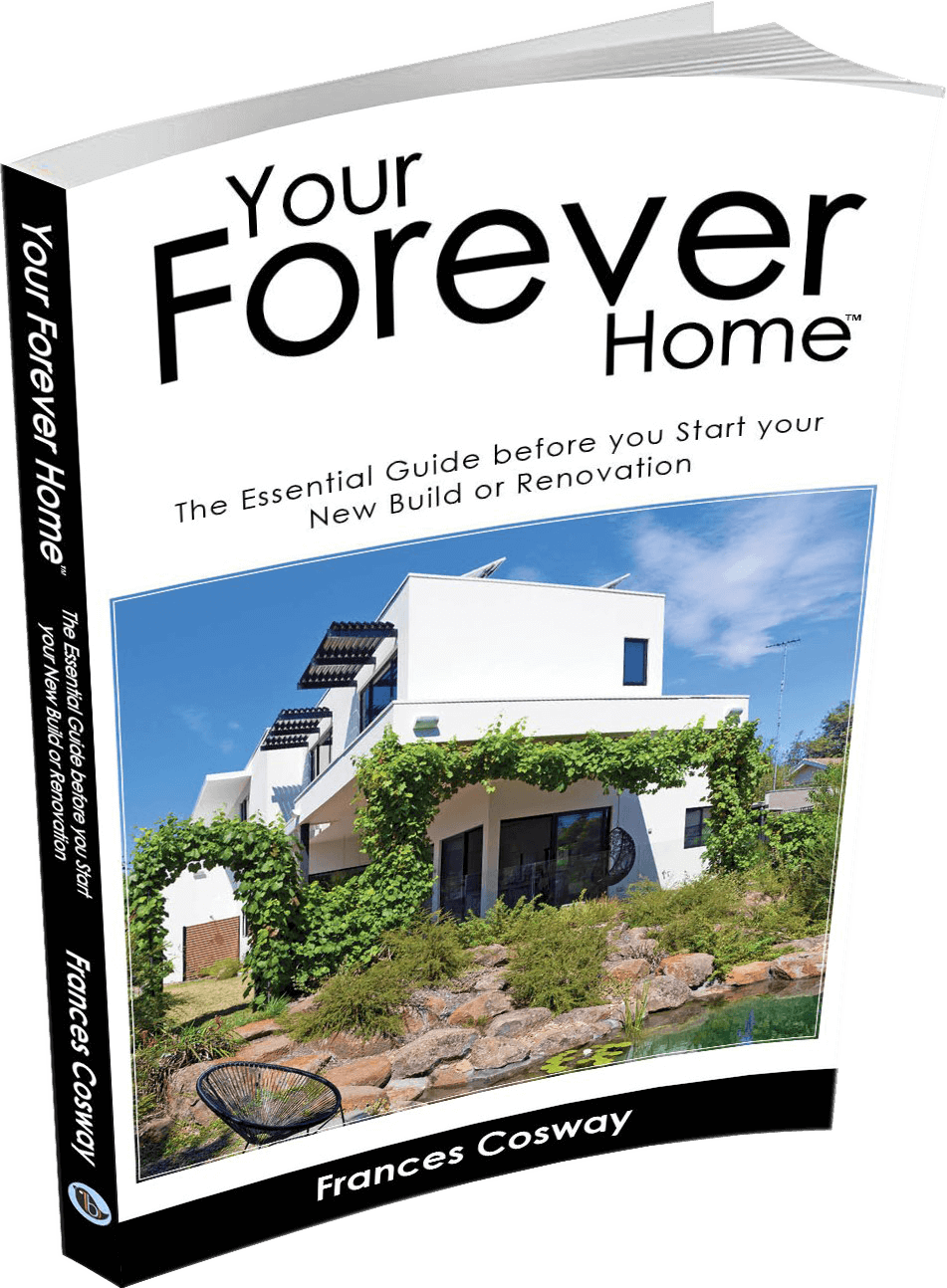Future proofing is essential when building your Forever Home as your needs will change as your family grows. To ensure your home can adapt to your changing needs over time, you need to think about how you ‘future proof’ the design so your home serves your family now, and also years down the track, when family requirements change. We want to make sure the home we are creating is adaptable and flexible and that spaces and rooms have more than one purpose.
3 Ways to Future Proof your Home
Three things to consider to future proof your home;
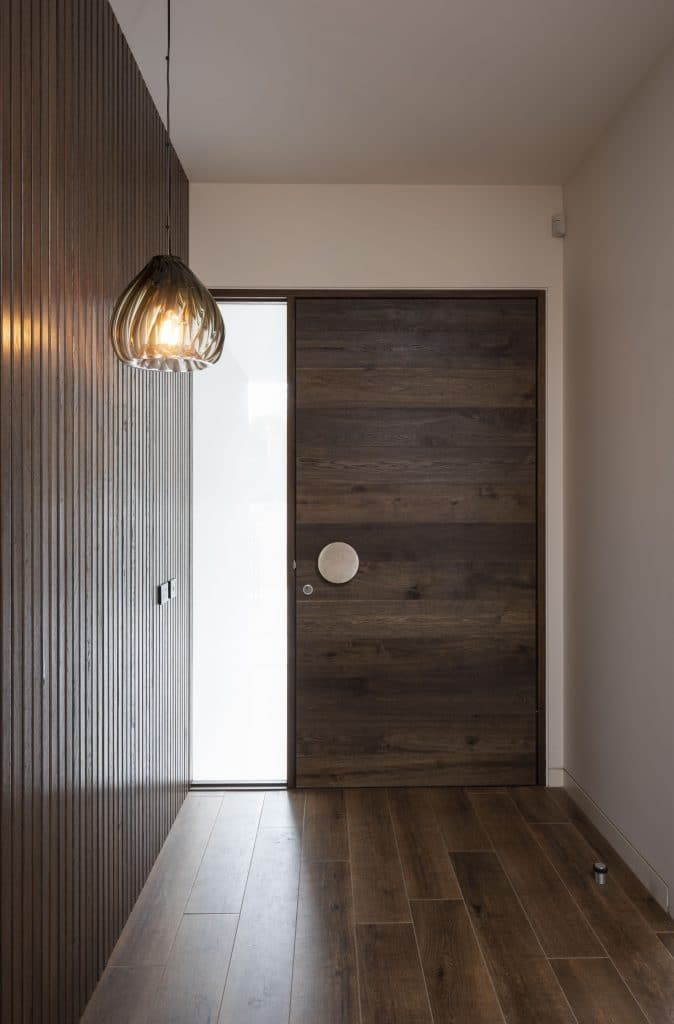
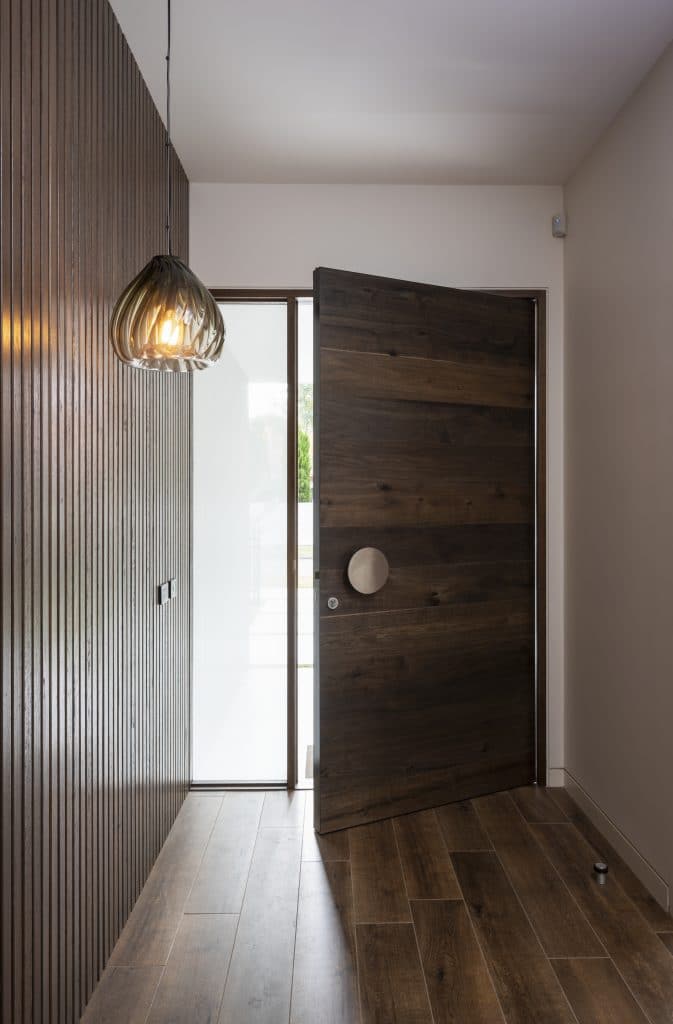
UTILISE DOORS
In my view, doors are under-rated in terms of what they can achieve in your home. When I’m conducting a Floor Plan Sanity Check™ for clients, it’s one of the key things I am constantly adding into the floor plan to create zones, and multi-functional spaces. We love living in open plan spaces but we also need areas that can be cozy and intimate. Doors are really important for many different reasons, here are a few;.
- Privacy – Doors allows you to create privacy, for a study or office, bedroom, lounge or retreat area For example, imagine trying to have a conference call with an important client in a study area that doesn’t have a door! What about when you want to make a room a guest room, but can’t create privacy as there are no doors on the room.
- Noise mitigation- Unwanted noise in your home can interfere with daily life, and your ability to feel calm and relaxed. The use of doors prevents noise moving up and down hallways and stairs. Noise mitigation is an area that is not considered until you move in and realise what a big issue it really is.
- Energy efficiency – Creating zones allows for energy efficiency, and the ability to close of certain areas or rooms in a home. It allows you to block off un-utilised areas so you are not wasting energy on heating or cooling rooms unnecessarily.
- Multi-functional spaces – The problem with rooms or spaces not having doors is that the space cannot generally be used for another purpose. Doors can still be opened up to create an illusion of space whether it’s double cavity sliding doors or a hinge door. It means that your options of what that room can be used for are increased rather than just having one function.
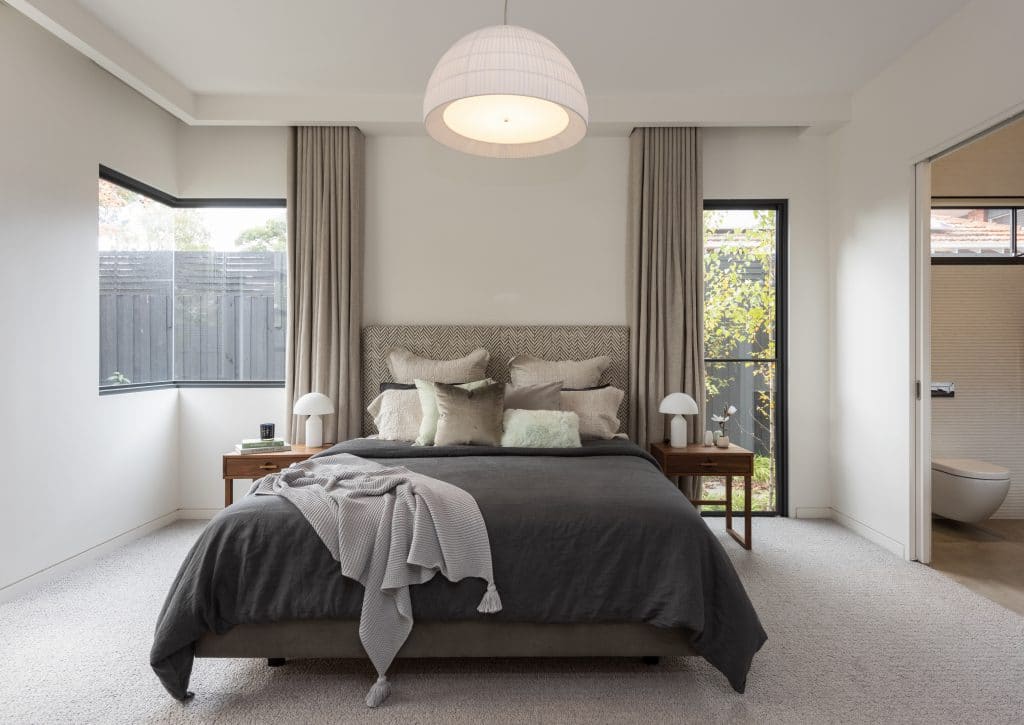
AVOID PLANNING SINGLE USE ROOMS
Further to the point about creating multi-functional spaces, this also means not creating rooms on your floorplan that can only be one thing. A theatre or cinema room is a great example of this – the way it’s laid out, furnished and set up make it unlikely it can be used for anything else. Yet these rooms often take up a lot of valuable space, that could be better utilized in other ways for a family home.
There are plenty of ways to create a cinema type experience in a room that can also be used as something else.
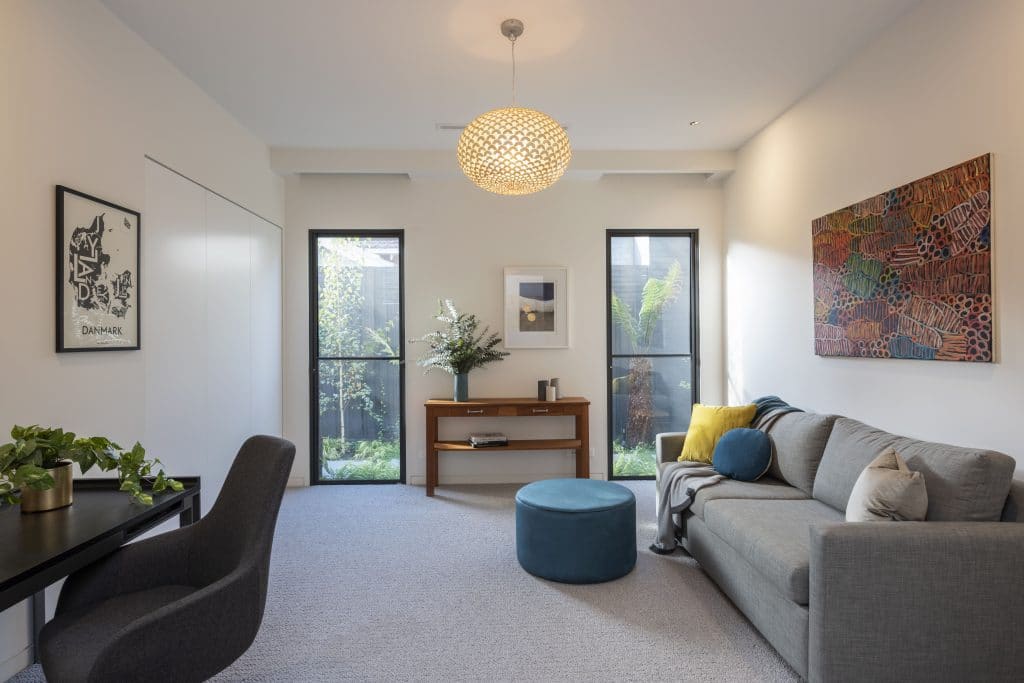
AVOID BUILT IN CABINETRY - SOMETIMES
If a room is of a size that it could have another purpose in years to come avoid built-in cabinetry. For example, a study could become a nursery. However, if there is built-in cabinetry, it may limit flexibility in the future. The use of a free-standing desk instead of a built-in desk will give you more options and flexibility down the line.
Floor Plan Sanity Check™
Small changes to your floor plan can revolutionise its functionality and save you thousands.
A Floor Plan Sanity Check™ is a second set of professional eyes reviewing your plans for things you hadn’t thought of. A second opinion for peace of mind.
Find out more and book your Floor Plan Sanity Check™ directly here.
Book a Chat
Ready to renovate or build a new home and need help to create beautiful and functional Forever Home?
Book a Chat with me so we can discuss your project in more detail and see how we can assist. Book a Chat here.
